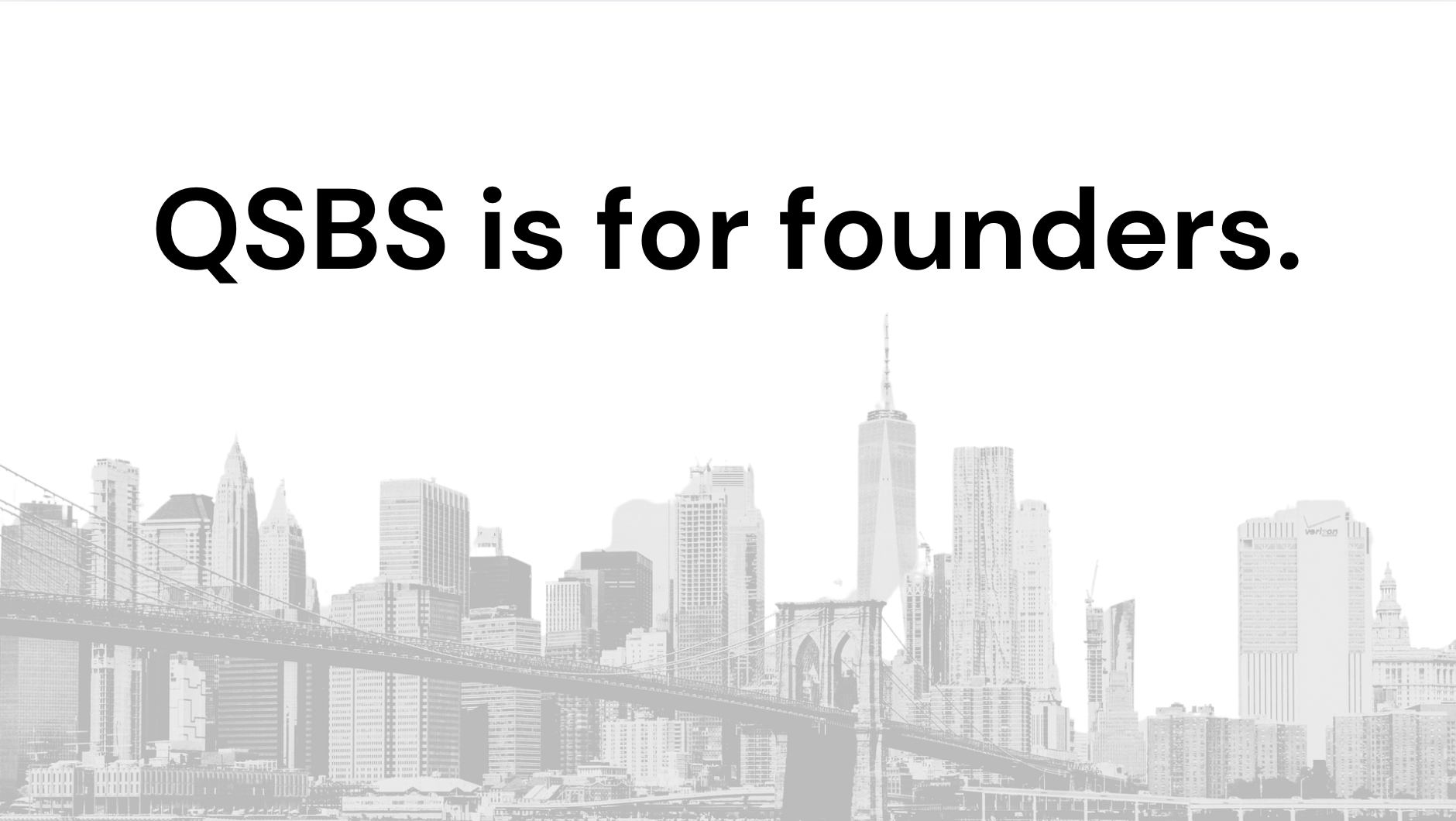What is the 5 Year Rule for QSBS?
The five-year rule is the holding-period requirement at the heart of the Qualified Small Business Stock exclusion. In its classic form, it says you must hold qualified stock for more than five years before you sell it in order to exclude part or all of your stock sale gains from federal income tax. That rule still applies to stock acquired on or before July 4, 2025. For stock acquired after July 4, 2025, Congress has added partial exclusions at three and four years, while keeping the full exclusion at five years.
A video primer covering QSBS at a high level.
In other words, think in two buckets by acquisition date:
Stock acquired on or before July 4, 2025: you need a holding period of more than five years to claim the QSBS exclusion. Historically, that means five years plus one day.
Stock acquired after July 4, 2025: a tiered schedule applies. A three-year hold can unlock a 50% exclusion, a four-year hold can unlock a 75% exclusion, and a five-year hold preserves the 100% exclusion.
[Read more about QSBS changes that came with the One Big Beautiful Bill Act]
When does the holding period start?
The holding clock begins when you acquire the stock (for tax purposes). If you acquired the position through a SAFE, option grant, or warrant, the clock generally starts on the date you convert into actual stock, not the date you held the instrument, and not when a vesting period ends. One mistake that many early stage employees make is thinking that their 5 year QSBS clock starts when their ISOs vest. Remember that your clock does not start until you exercise those options and own the actual stock.
Additionally, this is why making an 83(b) election is so important for startup founders. Normally, the IRS taxes equity compensation as ordinary income only when the shares vest and the fair market value is known. The Section 83(b) election accelerates this process by allowing you to be taxed on the fair market value of your equity at the time it was granted, not when it vests. Making this election starts your 5 year QSBS clock, in the eyes of the IRS. This means that startup founders can usually use the date of incorporation and key document signing as Day 1 for their holding period window.
Can you exit before five years and still keep the benefit?
Yes! QSBS rollovers (under Section 1045) allow an eligible taxpayer to sell QSBS held at least six months and reinvest the proceeds in replacement QSBS within 60 days. If you make a timely QSBS rollover election and the replacement shares qualify, your holding periods can be combined so that you eventually clear the applicable three-, four-, or five-year bar. This is the classic “rollover” safety valve for early exits.
Here are a few examples:
Ivan has an $8M gain from selling his unicorn startup stock held for 3.5 years
He pays taxes on $2M for liquidity now and rolls over the remaining $6M into new QSBS opportunities, expanding his gain exclusion by continuing the holding period and enabling future tax free withdraw/exit on the $6M.
Kate is the founder of a Series B startup - she sold $5M worth of secondary 4 years into her holding period:
Kate can elect to use those proceeds to start a new QSBS-eligible business. She’ll be in tax deferral while the money is in the new company, and after 5 years is reached, an exit could allow her to take all of the rollover amount tax free. A team like QSBSrollover.com could help her setup and manage this new rollover business so she can focus on her Series B company.

